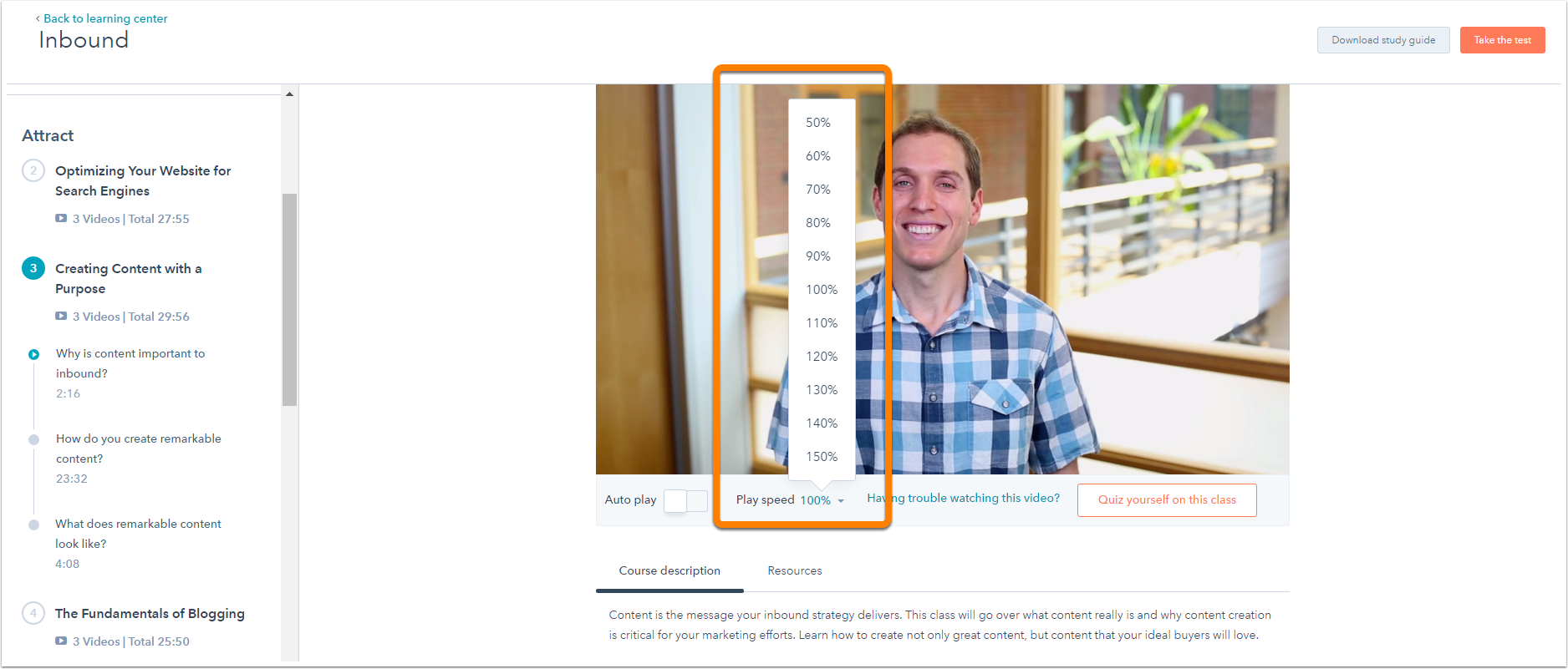You have, as the saying goes, built it. So why aren’t ‘they’ coming?

‘But why?’ Well, there are many, many reasons why results are not instantaneous. Here are three important factors to keep reminding yourself of when you feel that impatient itch coming on.
Why Generating Traffic Takes Time
1. Consistency is a Prerequisite for Ranking Organically
Spinning up a new blog is now easier (and faster) than boiling water. It’s no surprise, then, that hundreds of new blogs are launched on a daily basis. Getting started with blogging is the (relatively) easy part; it’s the ‘keeping at it’ that requires real dedication. In response to the rapid proliferation of one-post-and-done blogs, search engines continue to place greater emphasis on indications that you’re in it for the long haul.
What this means for marketers is a much longer time to fruition; fruition, in this case, being an increase in the number of ranked posts appearing on search engine results pages (SERPs) and, by association, an increase in the organic search traffic your blog receives over time.
2. High-Quality Inbound Links Aren’t Amassed Overnight
It’s pretty safe to assume that credible sources are more likely to make credible recommendations. This basic premise is at the heart of the reason why inbound link quality is such an important SEO factor.
An inbound link, or backlink, refers to another site directly linking back to a page on your website. Search engines view this type of link as a strong indicator of relevance, credibility and value in a certain topic area. If many other websites are referencing your site as the ‘expert’ in a specific area, it must mean you’ve got something good to say. But, as is usually the case in real life, the quality of these referrals definitely outweighs the quantity. An inbound link from a well-established and well-reputed web property will carry much more weight than a similar inbound link from a less established website.
These high-quality links take a long time to accumulate so it’s no surprise that their ability to impact your traffic will not be instantaneous but rather a gradual process. Continue to post high quality, relevant content on your blog and you’ll see this number grow exponentially as a natural by-product of your diligence.
3. Reputations are Established Over Time
Rome was not built in a day. Some of our generation’s most well-reputed thought leaders such as Malcolm Gladwell, Martha Stewart and Simon Sinek (they're all speaking at Inbound 2014! Coincidence? I think not.) have worked diligently for years, even decades, to become the established authorities in their domains that they are today.
Similarly, your blog will need to prove itself in the form of consistency, content quality and relevance. Only then will it come to be regarded as an authoritative source of information in it’s content domain.
As you can see, amassing a steady flow of traffic is undeniably a long term project. Thankfully, it is an undertaking that requires dedication but not blind faith. There are many indicators to help even the most seasoned bloggers confirm that they are continuing to head in the right direction — upwards and to the right. Below are three reports found right in HubSpot that will help you stay on track and focused.
3 Signs You’re on the Right Track
1. Growth in Organic Search Traffic Over Time
There are many analytics tools, including HubSpot’s Sources Report, which allow you to track the volume of your organic search traffic over time.

What you’re looking looking for is slow and steady growth in volume from month to month while factoring in any potential seasonal shifts that tend to impact your industry. Google may have limited the insight we have into which keyword phrases are driving this traffic but, as long as you can see overall trends over time, you can rest assured that you’re generally heading in the right direction.
2. Increasing Number of Indexed Pages
There is a reason the word ‘stagnant’ has a negative connotation. Search engines like to see websites constantly adding new content to their site in the form of new site pages. The easiest way to continuously grow your site is by publishing new blog posts on a regular basis (assuming, of course, that your blog and website have a shared primary domain — they do, right?)
There are many ways to track the number of indexed pages your website has over time, including a not-so-obvious way to do so right in HubSpot. In the Competitors Report, you have the option to track yourself against your competitors on a number of different metrics including Indexed Pages.
To see only your indexed pages growth over time, select your domain from the domains listed in the bottom half of this report and select ‘Indexed Pages’ from the drop down above the graph. Select ‘Last 6 months’ as your timeframe to see the progress you’ve made. If the trend line is generally heading up and to the right over time (as it is in the graph below), you’re in good shape!

3. SEO Audit of Each Site Page
Along with the two ‘macro’ trend reports listed above, there is another, more granular way to ensure your website is set up for long term success using two types of page-level SEO audit reports available in HubSpot: the Page Performance Report and the Blog SEO View (available in the COS Blog tool).
HubSpot's Page Performance Report
HubSpot's Blog SEO View
Both reports provide you a quick-and-dirty overview of how well optimized each site page or blog post is and tips on how to improve your content for search engines. It’s an easy way for marketers to ensure they’re doing everything they can to set their website up for long term success from the ground up.
And there you have it, folks! The next time you (or your boss, teammates, colleagues, CEO, etc.) start feeling frustrated by the lack of immediate results, revisit this post for a refresher on some of the reasons why growing your website traffic takes time and how to track progress towards success to ensure you’re headed in the right direction. This one is definitely a marathon, not a sprint.










